- FireStarters - The Nichefire Newsletter
- Posts
- Early Warning Systems: Using Cultural Insight To Mitigate Risk
Early Warning Systems: Using Cultural Insight To Mitigate Risk
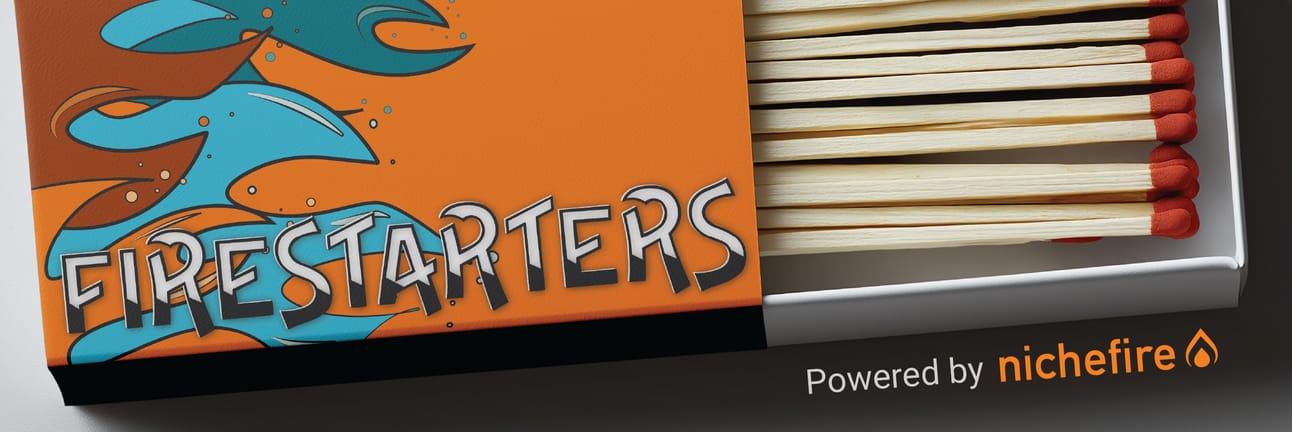
Welcome back to FireStarters.
During a recent report for a major athleticwear brand, Nichefire’s dashboards uncovered three critical risks as the company considered acting on the Ritualistic Wellness cultural movement.
It raised an important reminder: culture is a two-sided coin. Acting on cultural insight can unlock major opportunities—but it can also expose brands to real risks. We’ve all seen examples of brands that “tried too hard” or “missed the mark completely.”
Here’s the key: minimizing risk doesn’t mean avoiding cultural movements. It means leaning in deeper—assessing where the risks lie and identifying the right actions to navigate them.
In this newsletter, we break down the three major categories of risk we identified—and the cultural formula we recommend for addressing them:
Trust & Privacy Risks
Cultural & Reputational Risks
Engagement & Sustainability Risks
Let’s dig in →
Background: Ritualistic wellness

For this brand, an area of strategic interest is the growing role of wellness rituals in culture. Recent analysis shows that traditional forms of ritual—often rooted in religious or community obligations—are losing their grip, especially among millennials who have experienced “ritual fatigue.” Having grown up in environments where rituals were imposed rather than chosen, this generation is shifting toward practices that feel more self-directed, restorative, and authentic.
Wellness rituals like run clubs, weekly check-ins, or other consistent community-driven activities are emerging as replacements that better align with personal well-being. This cultural shift matters deeply for the brand: while it opens a pathway to build stronger connections through authentic engagement, it also brings reputational risk if participation is seen as inauthentic or tokenistic.
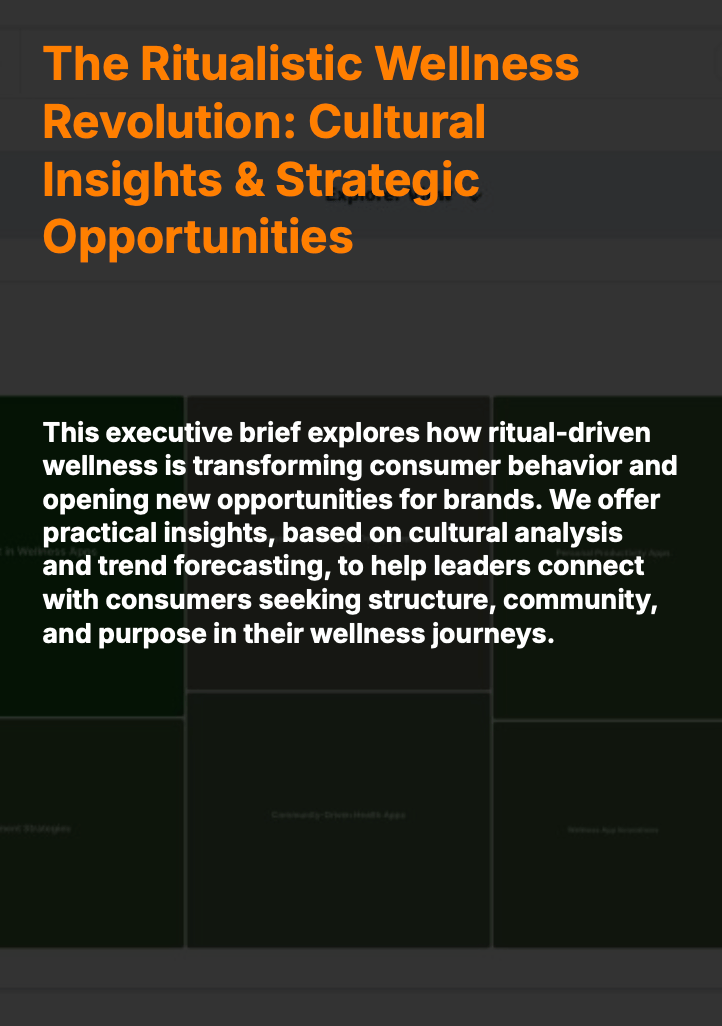 | Access the blinded reportSee what this major brand saw. Download their blinded report → |
Risk 1: Trust & Privacy
Specific Risk: Perceived Data Surveillance
The goal:
This brand aimed to become part of users’ wearable tech stacks, embedding into the apps and trackers people rely on daily.
The cultural movement:
Wearable adoption is rising, but so is skepticism. People want health insights, yet fear being “tracked to be sold to.”
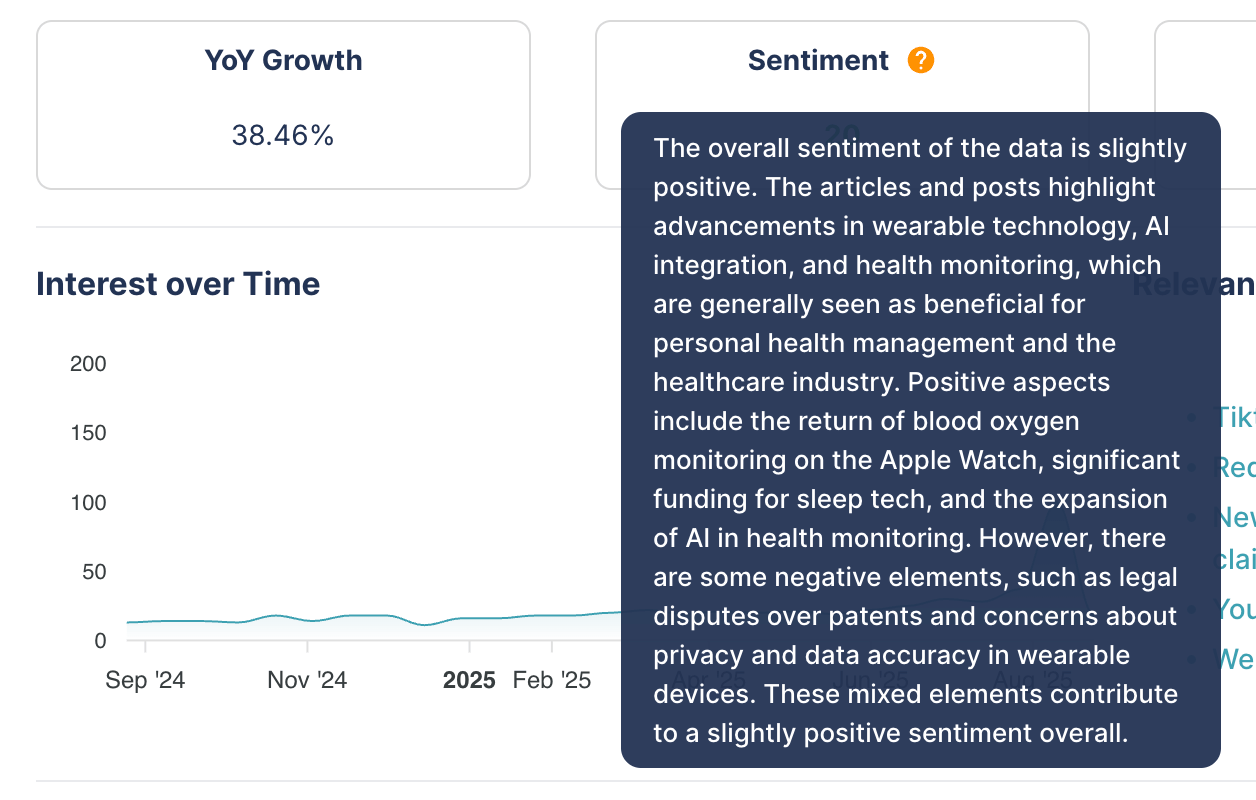
The risk:
Push too far into data collection, and consumers may see it as surveillance—eroding trust and driving opt-outs.
The solution:
Watch opt-out rates as a cultural signal. If they rise, pivot your approach—add transparency, adjust practices, and rebuild trust.
Receive Honest News Today
Join over 4 million Americans who start their day with 1440 – your daily digest for unbiased, fact-centric news. From politics to sports, we cover it all by analyzing over 100 sources. Our concise, 5-minute read lands in your inbox each morning at no cost. Experience news without the noise; let 1440 help you make up your own mind. Sign up now and invite your friends and family to be part of the informed.
Risk 2: Cultural & Reputational Risks
Specific Risk: Tokenism Backlash
But first off, what do we mean by tokenism? Here are two TikToks to give you a good idea:
@theallyhenny I sm so tired of tokenism. #tokenblack #tokenism #tokenismisracism #antiracism #antiracismeducation #antiracismdaily #talkaboutit #letstal... See more
@hustlecrewlive When all 3 of the ✨diverse✨ people in the company are in one photo 😫 help. Tokenism where #tokenism #usher #watchthis #workmemes
The goal:
This brand in question wants to authentically represent and reflect cultures that are engaging with their products and creating content about their brand, not just borrow its surface symbols for quick campaigns.
The cultural movement:
Audiences now expect representation that feels real. Performative gestures or shallow casting are quickly called out as tokenism.
The risk:
When campaigns feel inauthentic, backlash spreads fast. Even well-meaning efforts can erode trust if they come across as opportunistic. “Token black representation” is a movement with consistent conversations online.
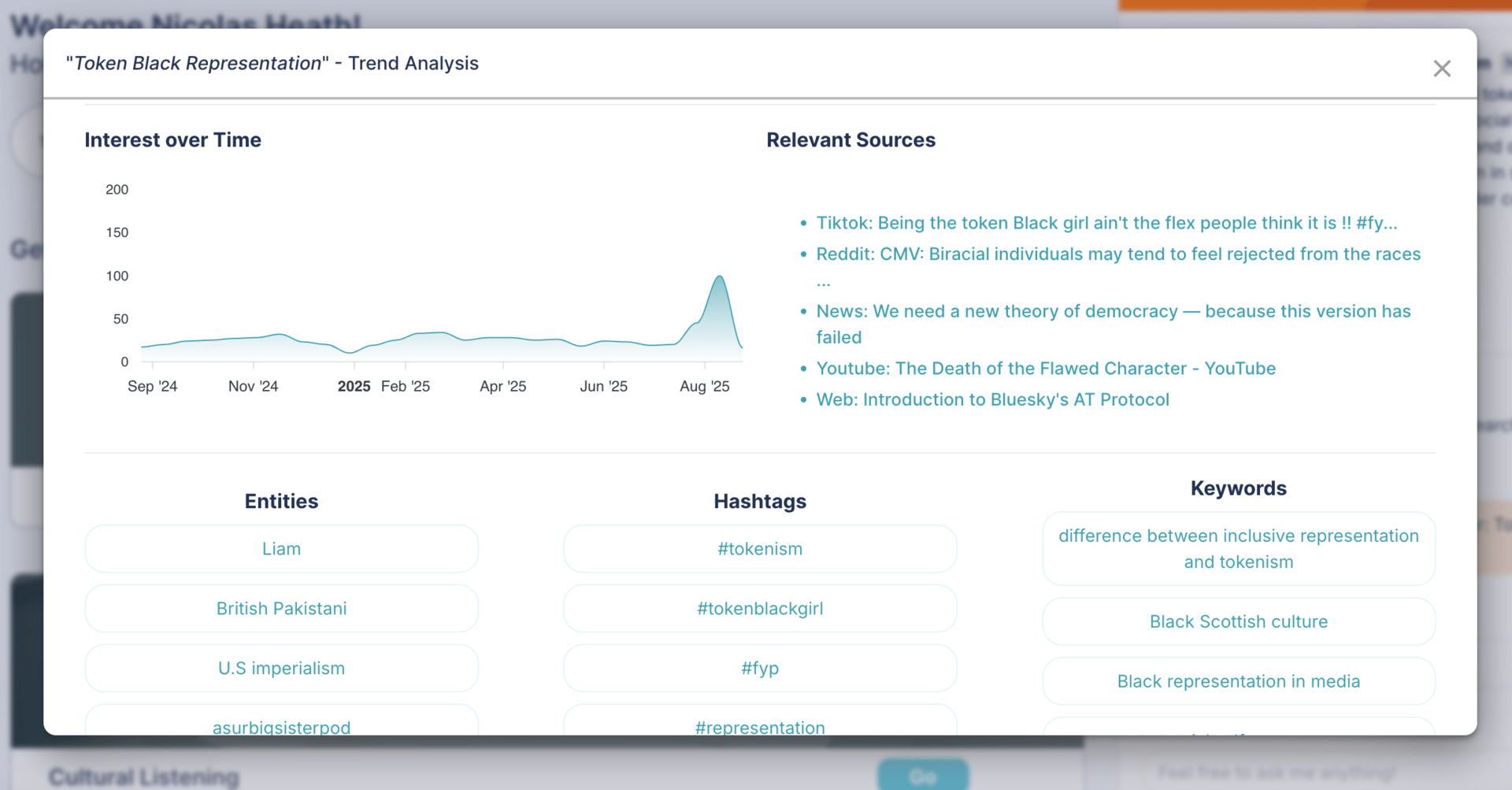
The solution:
Monitor sentiment at every stage. Before launch, test cultural reception to creative choices. During launch, track real-time sentiment to catch negative signals early. Post-launch, measure shifts in perception to learn and adjust future campaigns.
⚠️ Cultural tip: Monitoring sentiment doesn’t have to be black and white
Not purely negative: Negative sentiment doesn’t always mean a campaign is failing. In fact, spikes of anger, frustration, or critique can drive engagement because algorithms prioritize posts with high activity, regardless of sentiment. This means controversy can push a brand further into the cultural conversation, giving it more visibility.
Strategic use of sentiment: For brands, this means sentiment data should be interpreted with nuance. If the goal is exposure, even negative attention can amplify reach and spark conversations that position the brand as relevant. On the other hand, if the goal is trust-building or long-term reputation, sustained negativity is a risk signal that may call for a pivot
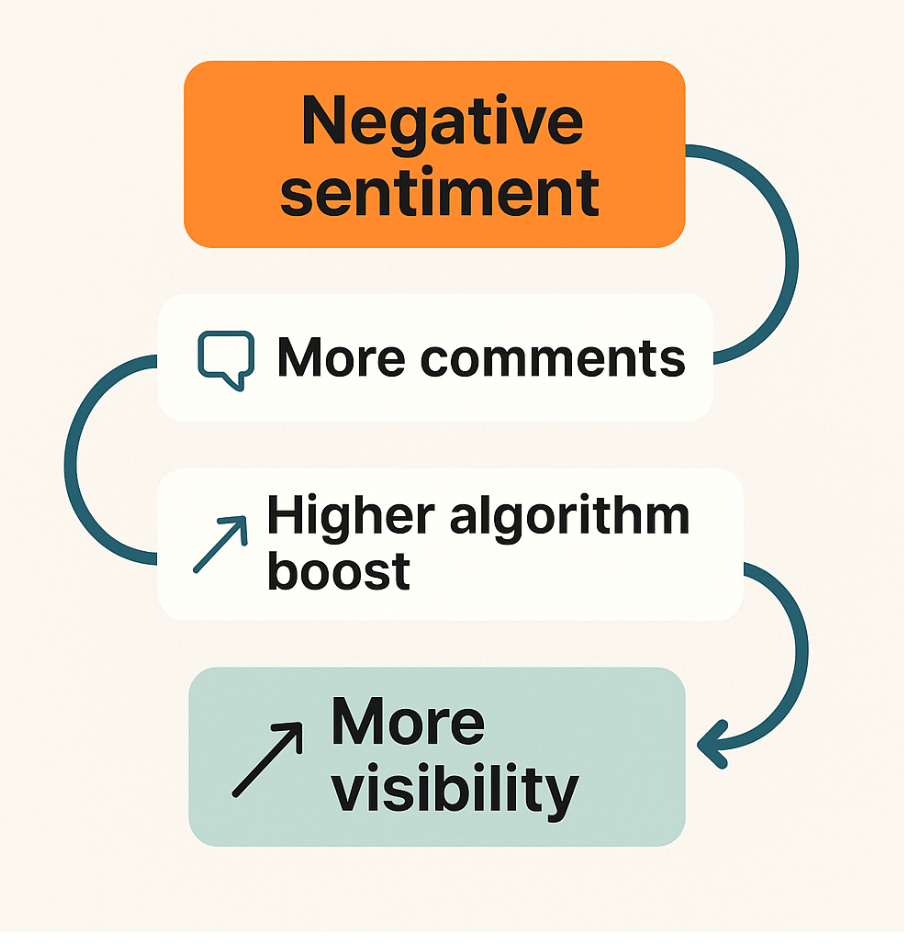
Risk 3: Engagement and Sustainability Risks
Specific risk: Ritual fatigue
No, this one isn’t really about environmental sustainability (although that could be a risk in other scenarios).
This is about wearing out your audience on the very thing that you’re trying to capitalize on. The outcome of that is alot of spend, and a disengaged audience. Not what any brand has in mind.
Let’s dig into the specific scencario: millennials and Gen Z are moving away from rituals imposed by institutions (like weekly church) toward self-directed rituals — things like run clubs, group meditations, or men’s check-in calls. These thrive because they feel authentic, energizing, and chosen, not obligatory. But even self-directed rituals can get fatigued if the format never changes or everything stays the same.
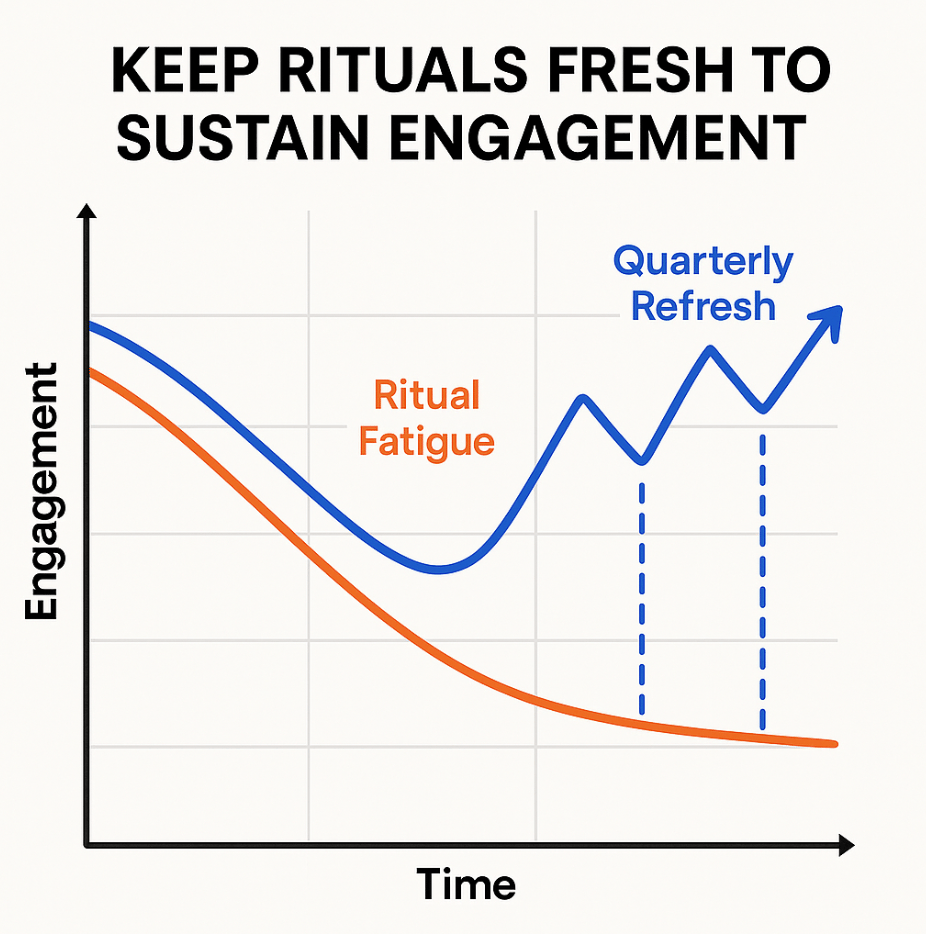
The solution: For a brand looking to integrate with wellness rituals, keep content and experiences fresh with quarterly refreshes and creative reformatting. Treat rituals as living, evolving experiences. Success is measured by steady or growing engagement — proof that the ritual is still meaningful, not monotonous.
 | Before You Risk It, Firesearch itNichefire’s Firesearch makes cultural intelligence instantly accessible. With a single search, it delivers trend summaries, sentiment trackers, and forward-looking insights—plus easy links into the real conversations shaping culture right now. By scanning high-velocity sources across the web, all the way down to Reddit threads, TikTok comments, and forum discussions, Firesearch provides live, instant cultural insights that capture shifts at their earliest signals. This depth makes it not only a powerful tool for uncovering opportunities but also an ideal launch point for investigating potential cultural risks before they escalate |
That’s a wrap on volume 10 - next time we’re changing things up a bit and doing a deep dive into a cultural movement itself.
We’ll be asking, “Are we more nihilistic than ever before?” and exploring what it means for brands.
We’ll see you then. Until then, don’t forget to check out our founders’ newsletters: CultureShock, and Lil’ Signals.

